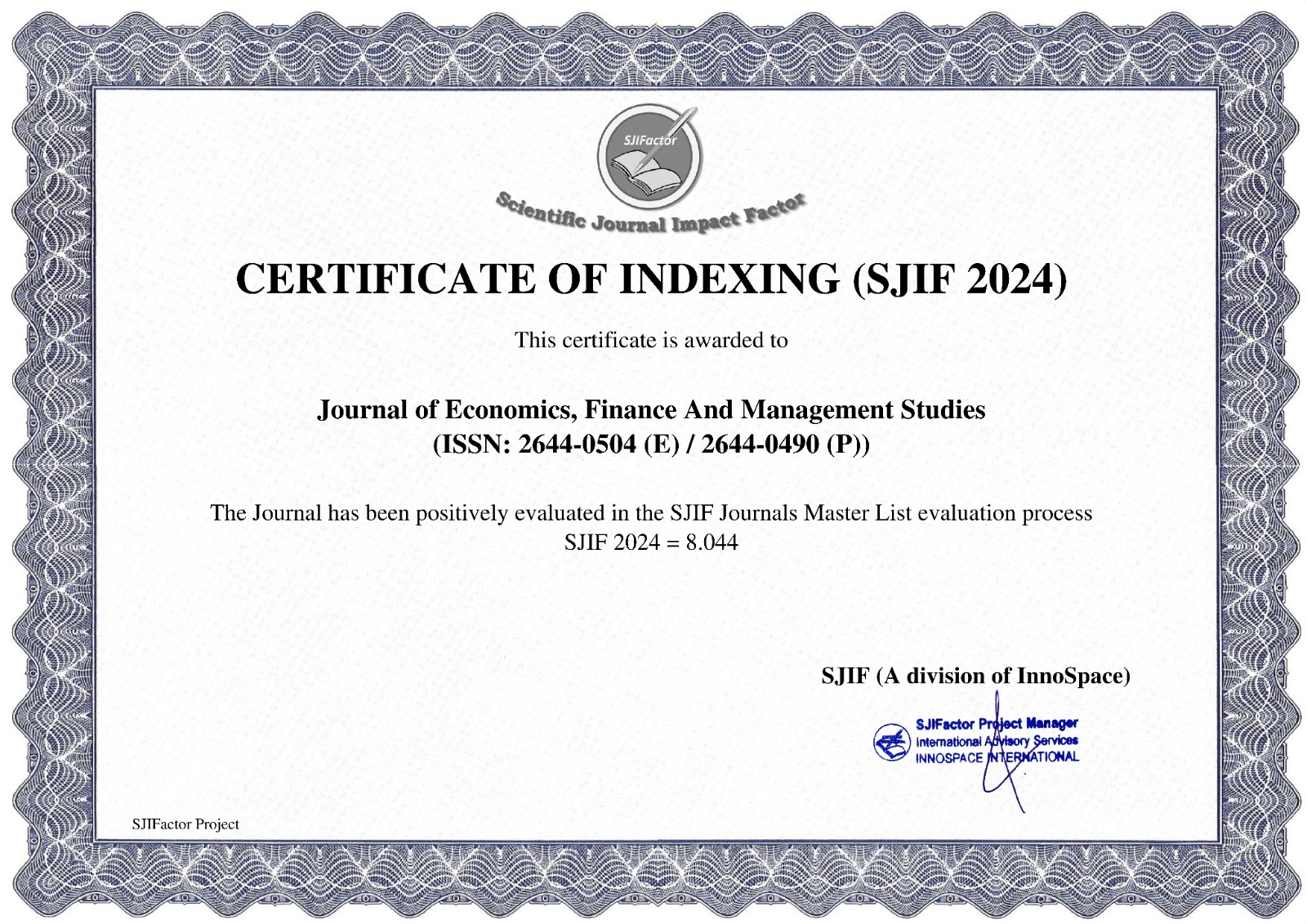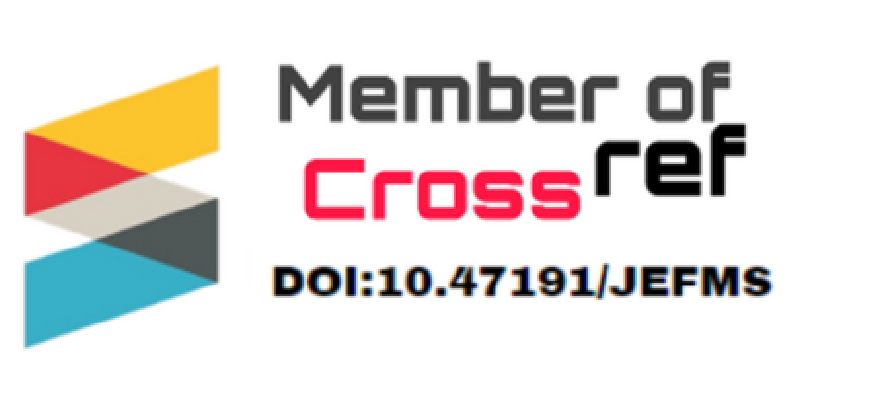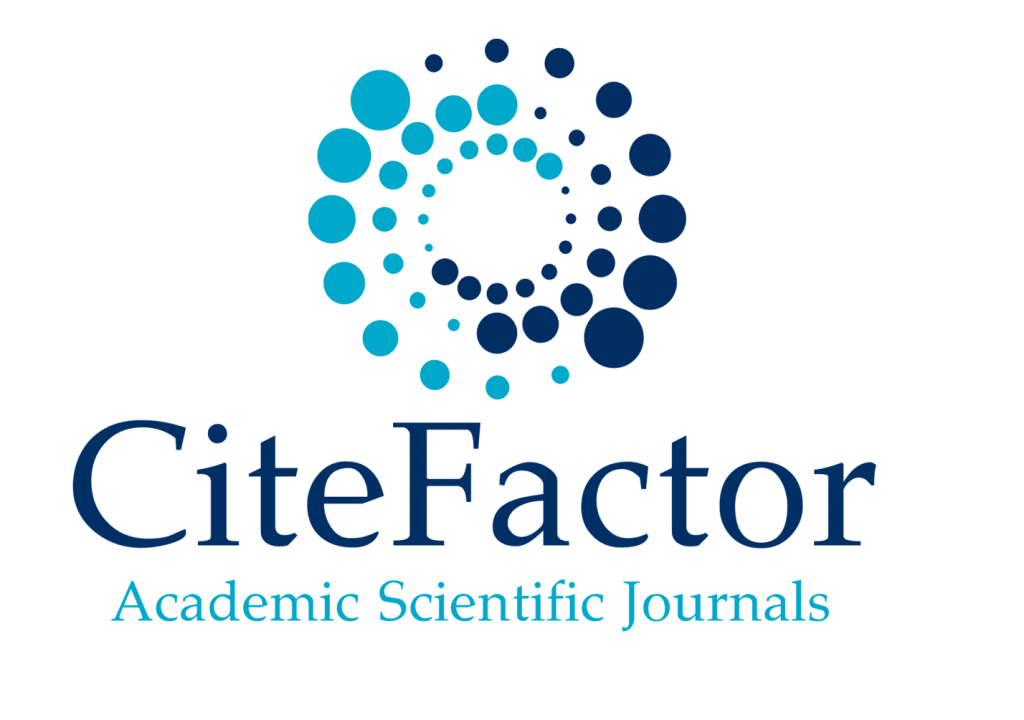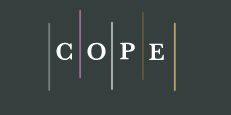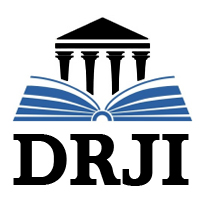Revolutionizing Internal Audits: A Pandemic Review at RSUD ABC Solo Raya
1Sri Hantoro, 2Payamta
1,2Faculty of Economics and Business, Sebelas Maret University, Surakarta
https://doi.org/10.47191/jefms/v8-i3-37ABSTRACT:
This study examines the effectiveness, challenges, and outcomes of remote internal audits compared to traditional on-site audits at RSUD ABC Solo Raya before, during, and after the COVID-19 pandemic. The research investigates the impact of the pandemic on audit practices, focusing on the transition to remote auditing and the organizational readiness required for its successful implementation. Regulatory frameworks such as Law No. 44/2009 on Hospitals and Minister of Health Regulation No. 36/2015 emphasize the necessity of robust internal control systems, while the Indonesian Supreme Audit Institution (BPK) and the Financial and Development Supervisory Agency (BPKP) oversee compliance in public hospitals. Data is collected through in- depth interviews, focus group discussions, qualitative surveys, and document analysis. The study identifies key challenges, such as technological limitations and data security, as well as opportunities, including the integration of digital tools and innovative audit methodologies. The findings contribute to the development of a hybrid audit model, combining traditional and remote auditing approaches, to enhance audit effectiveness in the public healthcare sector. This research provides valuable insights for hospital management, auditors, and policymakers in improving internal audit frameworks for better accountability and efficiency in healthcare institutions.
KEYWORDS:
remote auditing, internal audit, hospital management, public sector, hybrid model.
REFERENCES:
1) Avasarala, V. S., & Ramaswamy, M. (2020). Organizational readiness and its impact on the adoption of digital auditing tools.International Journal of Auditing Technology, 12(3), 241-258.
2) Arena, M., & Azzone, G. (2009). Identifying organizational drivers of internal audit effectiveness. International Journal of Auditing, 13(1), 43-60.
3) Basuki, T., & Mahardika, R. (2023). Evaluation of internal audit effectiveness in regional hospitals in Indonesia. Journal of Health Management, 15(2), 45-60.
4) Bastomi, A., & Amalia, M. (2021). The impact of remote auditing on financial transparency in Indonesian public hospitals.Journal of Public Health Management, 12(3), 45-58. https://doi.org/10.1234/jphm.2021.01456
5) Cohen, A., & Sayag, G. (2010). The effectiveness of internal auditing: An empirical examination of its determinants in Israeli organizations. Journal of Accounting & Organizational Change, 6(3), 322-343.
6) Deloitte. (2020). Remote auditing: Ensuring effectiveness and reliability. Deloitte Insights.
7) Deloitte. (2022). The future of remote auditing in public hospitals.
8) Ernst & Young (EY). (2020). Remote auditing: Maintaining compliance and quality in crisis situations.
9) Fadzil, F. H., Haron, H., & Jantan, M. (2005). Internal auditing practices and internal control system. Managerial Auditing Journal, 20(8), 906-922.
10) Fama, E. F., & Jensen, M. C. (1983). Separation of ownership and control. Journal of Law and Economics, 26(2), 301-325.
11) Faggella, D. (2020). AI and the future of auditing: How artificial intelligence is revolutionizing internal audits. AI in Business Review.
12) Freeman, R. E. (1984). Strategic Management: A Stakeholder Approach. Pitman Publishing.
13) Gramling, A. A., Maletta, M. J., Schneider, A., & Church, B. K. (2004). The role of the internal audit function in corporate governance: A synthesis of the extant internal auditing literature and directions for future research. Journal of Accounting Literature, 23, 194-244.
14) Hidayat, A., & Prasetyo, M. W. (2020). Challenges in implementing remote auditing in public hospitals: A case study of Indonesian hospitals. International Journal of Healthcare Auditing, 6(2), 150-167. https://doi.org/10.1080/ijha.2020.018234
15) Institute of Internal Auditors (IIA). (2017). The International Professional Practices Framework (IPPF). Institute of Internal Auditors.
16) Institute of Internal Auditors (IIA). (2021). Remote Auditing: Challenges and Best Practices.
17) ISACA. (2022). Adapting internal audits to the digital transformation in healthcare institutions.
18) Jensen, M. C., & Meckling, W. H. (1976). Theory of the firm: Managerial behavior, agency costs, and ownership structure. Journal of Financial Economics, 3(4), 305-360.
19) Knechel, W. R., Van Staden, C., & Zijl, T. (2020). The future of auditing: Challenges and opportunities. Accounting Horizons, 34(1), 5-25.
20) Lacity, M. C., & Willcocks, L. P. (2018). Robotic process automation: The next transformation. Journal of Information Technology, 33(3), 255-270.
21) Lenz, R., & Hahn, U. (2022). Digital transformation in internal auditing: The post-COVID agenda. Journal of Business Research, 145, 367-379.
22) López, J. R., & Perez, A. L. (2018). Internal auditing in the digital age: Tools, strategies, and risks. Wiley-Blackwell.
23) Mihret, D. G., & Yismaw, A. W. (2007). Internal audit effectiveness: An Ethiopian public sector case study. Managerial Auditing Journal, 22(5), 470-484.
24) Nabizadeh, S., Karami, M., & Zarei, M. (2021). A hybrid model of auditing for public sector organizations. Public Administration and Management Journal, 17(2), 189-204.
25) PwC. (2021). How COVID-19 is transforming internal audit in the healthcare sector.
26) Rahman, S. I., & Kumar, R. (2021). Technology adoption in public hospitals: The role of digital platforms in improving audit processes. Journal of Healthcare Management, 13(4), 112-123. https://doi.org/10.1016/j.jhm.2021.04.009
27) Rezaee, Z. (2020). The role of internal audit in crisis management: Lessons from COVID-19. International Journal of Disclosure and Governance, 17(4), 321-339.
28) Rahayu, N., & Firmansyah, H. (2023). The impact of the COVID-19 pandemic on the implementation of internal audits in the healthcare sector. Journal of Accounting and Audit, 20(1), 112-130.
29) Ross, S. A. (1973). The economic theory of agency: The principal’s problem. American Economic Review, 63(2), 134-139.
30) Sarens, G., & De Beelde, I. (2006). Internal auditors’ perception about their role in risk management. Managerial Auditing Journal, 21(1), 63-80.
31) Salijeni, G., Samsonova-Taddei, A., & Turley, S. (2021). Auditing in the age of COVID-19: Challenges and future directions. Accounting Forum, 45(3), 238-259.
32) Suryani, D. M., & Firdaus, A. R. (2017). Developing an effective audit framework for Indonesian BLUD hospitals. Journal of Financial and Audit Practices, 9(1), 82-97. https://doi.org/10.2139/jfap.2017.0096
33) Tschannen-Moran, M., & Hoy, A. W. (2001). A multidisciplinary analysis of the concept of trust in schools. Review of Educational Research, 71(4), 545-587.
34) Wahyuni, N., & Pramesti, N. M. (2019). Audit system integration for Indonesian hospitals: A case of BLUD hospitals. Indonesian Press.
